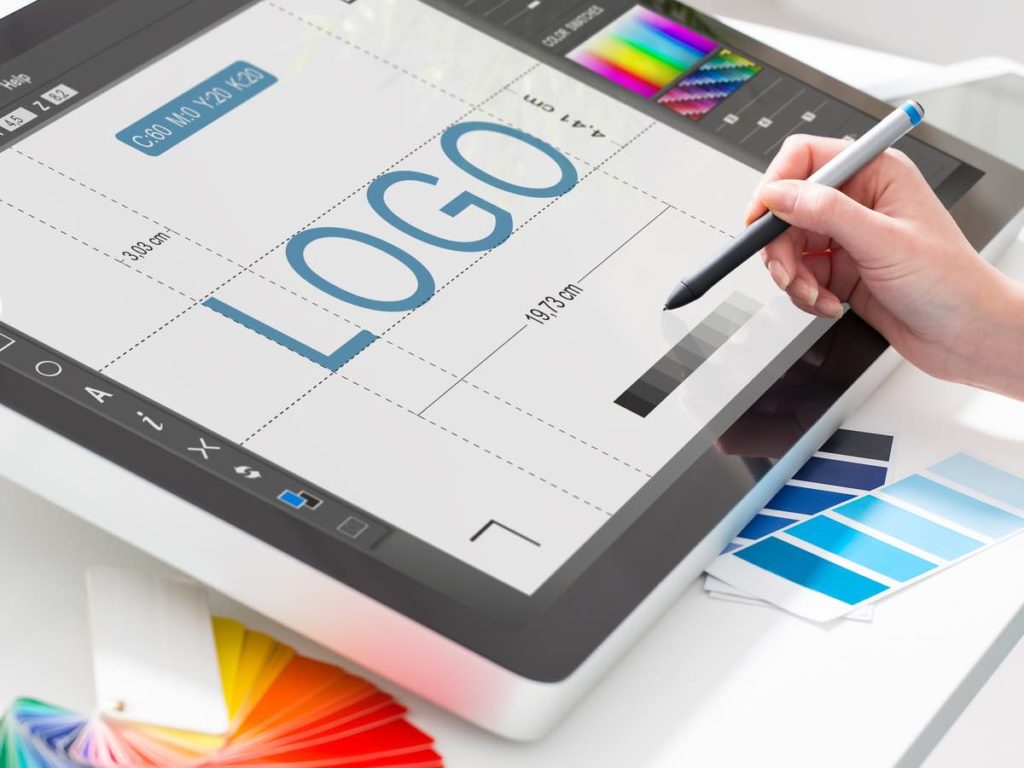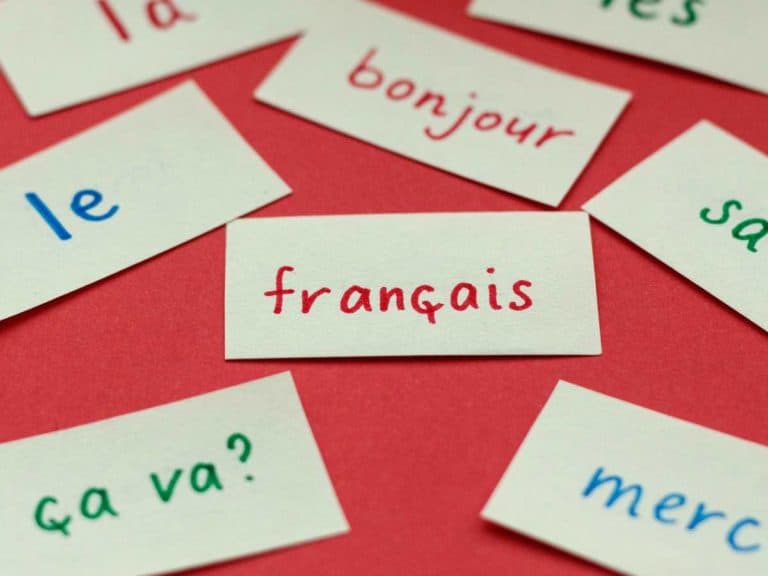Career Opportunities in Graphic Design: Where Your Degree Can Take You
Most American colleges and universities offer programs in the arts.
Students can major in disciplines that allow them to attain fulfillment and a sense of purpose by taking advantage of their creativity, eye for artistry, and technical skills, including graphic design.
Common stereotypes for graphic design students include being introverted and quirky.
Times have changed, and fantastic career opportunities available for graphic designer graduates are encouraging more and more college-bound teens to follow their passions and dreams.
Majoring in graphic design appeals to imaginative and ingenious individuals who find delight and satisfaction in telling stories and disseminating information through visual arts and technology.
It’s ideal for students who prefer to work in advertising, marketing, publishing, and others.
Approximately 22,800 graphic designer jobs are available per year.
So, should you start applying to college intending to major in graphic design and grab one of those slots?

What It’s Like Being a Graphic Design Major
Textbooks and notebooks are some of the staples in the bags and lockers of undergraduate students.
Graphic design majors, due to the special courses they need to take, arm themselves with additional items to fulfill program requirements and earn grades high enough for them to graduate.
- Sketchbooks.
- Drawing utensils.
- Coloring materials.
- Cameras.
- Design software tools.
- Tablets.
- Stylus/digital pens.
These are the usual things that undergraduate students majoring in graphic design tote around from classroom to classroom and from dorm to dorm as they pull all-nighters to complete projects.
Difficulty Level: Average and Subjective
Graphic design majors enrolled full-time usually study 36 hours per week.
Full-time students take at least 12 credits per semester, enough to allow them to graduate within four years if they enroll in two courses each summer — or they can opt for 15 credits per semester instead.
You’ll be hard-pressed to find a list of the hardest college majors with graphic design in it.
Similarly, it’s unlikely for a list of the easiest college majors to mention it.
As such, graphic design is neither one of the most challenging nor the easiest of majors — it’s probably in the middle of the pack, saving undergraduate majors from having a hard time for as long as they work hard.
Majoring in graphic design should be fairly easy for students passionate about art and other creative pursuits.
On the other hand, those whose true interests lie elsewhere may have trouble grasping theoretical concepts and applying them to practical situations in the form of illustrations, posters, photographs, etc.
Your skills, interests, and career goals should determine whether or not you will find graphic design difficult.

Programs and Minors Dictate Courses
A graphic design major focuses on art creation and visual communication.
Therefore, colleges design their courses for these purposes.
Exact course titles and descriptions can vary from one curriculum to the other, depending on factors such as the program design, teaching methodologies, and technologies used.
However, the following are the usual graphic design course topics:
- Art history
- Design strategies
- Digital publishing
- Film media
- Graphic web design
- Illustration
- Interaction design
- Layout design
- Motion graphics
- Photography
- Typography
- Visual communication
Courses that graphic design majors take can vary, too, based on their minors.
A minor allows graphic design students to obtain complementary knowledge and skills. In some instances, depending on the minor and intention, it enables students to pursue their passion or discover new interests.
Your intended career is also crucial in minor selection.
The following are some popular minors that complement a graphic design major:
- Advertising
- Business administration
- Communications studies
- Computer science
- Economics
- English
- Film
- History
- Marketing
- Psychology
- Public relations

Graphic Design Majors and the Labor Force
Majoring in graphic design requires passion and perspective for academic success.
Of course, students go to college and persevere to complete their degree programs to pursue their interests and prepare themselves for lucrative careers as well.
Great news!
Graphic designer majors are just as employable as most other college majors.
However, it’s worth pointing out that around four out of ten graphic designers quit their jobs within two years of employment for reasons that vary from person to person.
Some include toxic clients and work environments and artificial intelligence (AI) takeover, too.
Still, every year, American colleges and universities confer approximately 8,700+ graphic design degrees, incorporating graduates into the workforce of 2.2 million designers, Data USA says.
Salary and Career Progression
According to the US Bureau of Labor Statistics (BLS), the median pay for graphic designers in the country is $57,990 annually. That’s equivalent to $27.88 per hour.
The projected job growth for graphic designers within the decade is 3%.
Please note that it’s the same average job growth for all occupations in the United States.
Some top-earning graphic designers work in management, scientific, technical consulting, and others that provide similar services, making an average of $71,260 yearly.
Meanwhile, some of the lowest-paid are in design printing, making around $45,070 annually.
Graphic design majors can climb the career ladder by amassing sufficient experience in related fields or obtaining additional qualifications, such as a master’s degree in graphic design.
Doing it may allow them to advance to supervisory or managerial roles.
Many traditional and online courses offer graphic design-related courses and certifications that allow professionals to gain additional knowledge and skills for more specialized roles or promotions.
The following are some of the highest-paid careers for graphic design majors:
| Job Title | Average Annual Salary |
|---|---|
| Product Designer | $119,921 |
| User Experience Director | $113,219 |
| Front-End Developer | $109,479 |
| Creative Director | $102,969 |
| Digital Designer | $92,389 |
| Application Developer | $90,119 |
| Senior Designer | $87,995 |
| Concept Artist | $82,009 |
| Art Director | $75,005 |
| Creative Manager | $74,702 |
| Visual Designer | $69,810 |
| Design Technologist | $80,397 |
| Industrial Designer | $68,357 |
| Video Game Designer | $57,355 |
| 3D Designer | $53,386 |

Employment Profile of Graphic Design Grads
Around 19% of graphic designers are self-employed — as a graphic design major, you can establish your own business, such as a film editing outfit, web design studio, or silk screen printing company.
Meanwhile, approximately 18% are in advertising, public relations, and specialized design services.
California has the highest level of employment for graphic designers.
So much so that it employs around 32,720 graphic designers, each making an average of $80,240 yearly — second only to New York, employing about 18,590 graphic designers and paying them an average of $81,370 yearly.
Are you willing to migrate to make the most of your college degree?
Consider heading to Washington, DC — there, the annual average salary of a graphic designer is $87,980, the highest average pay across the county.
Around 1,600 graphic designers are working there.
Other states that pay graphic designers handsomely include:
- New York
- California
- Washington
- Massachusetts
Read Next: Is Film Studies a Good Degree?
Disclaimer: The views and opinions expressed in this article are those of the authors and do not necessarily represent those of the College Reality Check.





